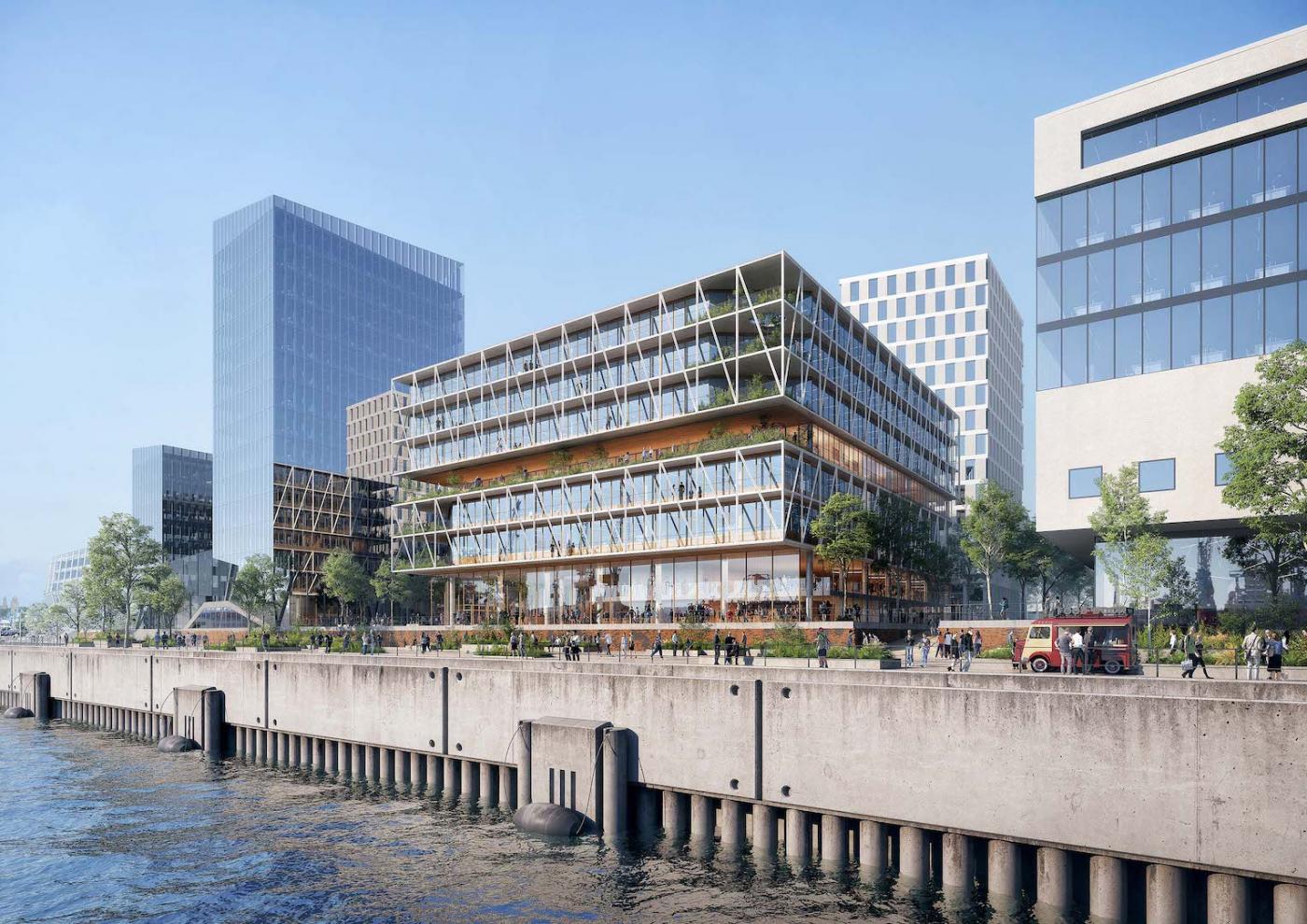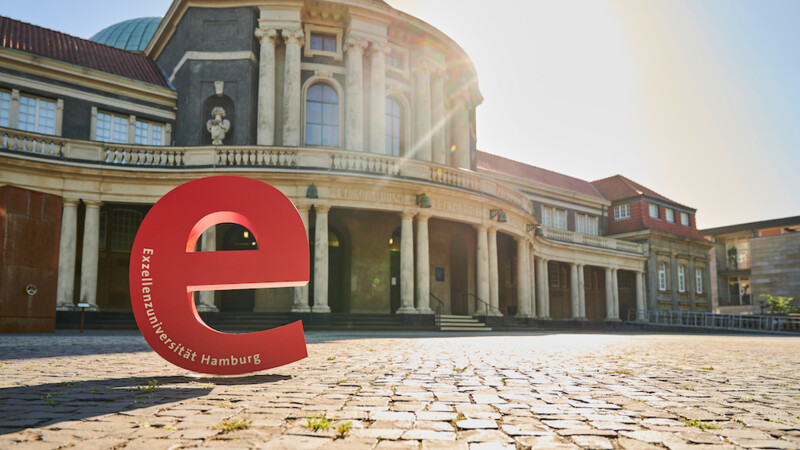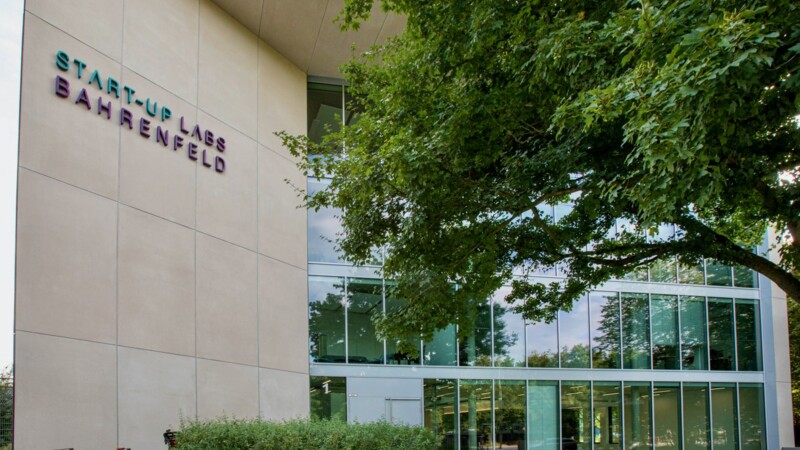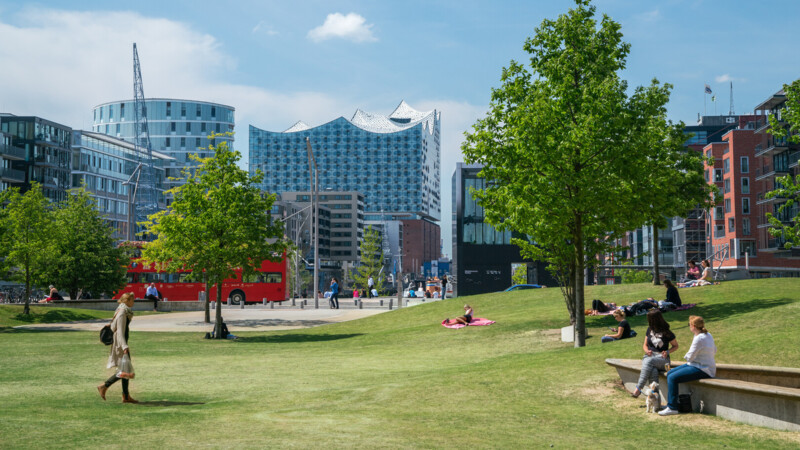The new university building will fit into its surroundings, says Andreas Kleinau, CEO of HafenCity Hamburg GmbH. "That means active climate protection during construction and operation, an innovative construction method that opens up to the surrounding urban space and focuses on the users." Flexible and multifunctional worlds of learning for contemporary study have also been planned. Some parts of building will be open to the public. The plans also foresee a main lecture hall and library.
HafenCity's new Medical School Hamburg (MSH) university building is to set new standards in sustainability and innovation. The design presented in January envisages a "sustainable, social marketplace for people, content and ideas". The architects, C.F. Møller, are relying on particularly sustainable materials and hope to save around 40 per cent CO2 during the construction phase alone. MSH will use around 60 per cent of the space while the remainder will feature a restaurant, an office and exhibition space.
Multifunctional building

Focus on sustainability
The construction is based on recycled and recyclable materials, renewable raw materials and the use of resource-saving gradient concrete, said Harald Wüst, Head of Real Estate Development Hamburg for the owner Patrizia AG. Now that MSH is an anchor tenant, a "strong connection between the city, education and the public is emerging in the Strandkai district." Founded in 2010, the private university trains doctors at accredited university level and offers other medical courses as well.
tn/sb/pb
Sources and further information
More
Similar articles

Hamburg to host North German Science Award 2022

University of Hamburg gets EUR 1.25 million for climate research

Glimpse behind scenes at Startup Labs Bahrenfeld
